
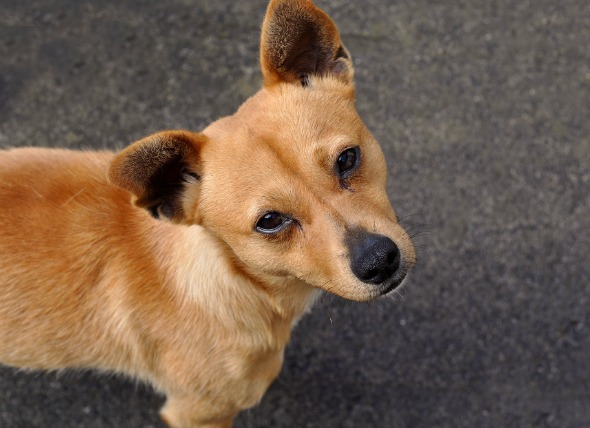
The Staphylococcus bacteria can live free in the environment, on the skin of a host as a parasite, and in the upper respiratory tract of animals. The bacteria can be transmitted easily from animal to animal and in some cases from animal to human. This infection can be found in any breed of dog, and at any age.
For dogs, other common indicators can include wound infections, toxic shock syndrome, abscesses on the skin or mouth, and arthritis.
Younger dogs are most prone to developing this infection, as their immune systems have not fully developed. Old dogs are also more susceptible, as their immune systems have become worn down. Other causes can include bacterial or fungal infections (pathogens) of the blood, chronic debilitating diseases that wear down the immune system, allergies, and other secondary infections.
Your veterinarian will conduct a complete blood profile, including a chemical blood profile, a complete blood count, and a urinalysis. Proper diagnosis will often involve skin testing to determine if the condition is caused by allergies or other immune related causes. It is also important to rule out abnormal cell development as an underlying cause of the condition.
A variety of medications are available to treat this medical condition, but some strains are resistant to medications. In some cases, standard antibiotics are not effective at curing this condition and a different course will need to be prescribed.
It is important to dispose of any potentially infected materials or contaminated objects. Also, external (topical) cleansing of the wound(s) and the infected area of skin is essential for healing the skin and preventing the bacteria from spreading. Because this type of bacteria is opportunistic, and can be passed to both animals and humans, special care must be taken when handling your dog and cleaning its wounds.
There are currently no known preventative measures for this infection.
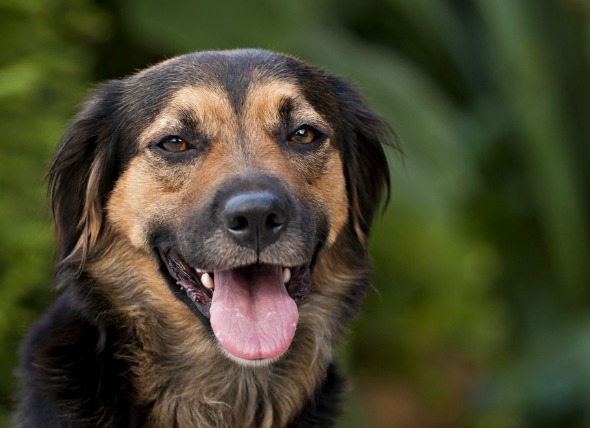 Mouth Cancer in Dogs
Undifferentiated Oral Cavity Tumors in Dogs
Undif
Mouth Cancer in Dogs
Undifferentiated Oral Cavity Tumors in Dogs
Undif
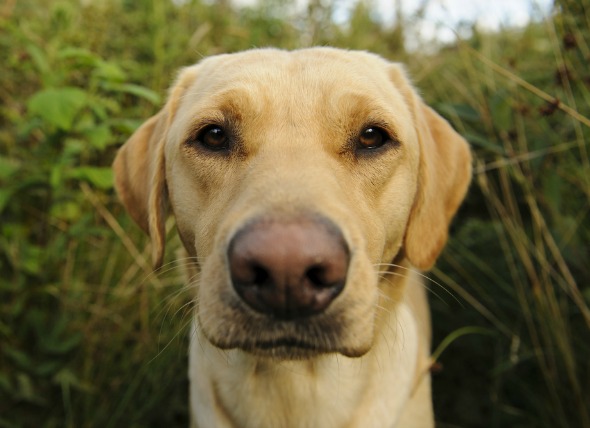 Ringworm in Dogs
Dermatophytosis is the medical term for a
Ringworm in Dogs
Dermatophytosis is the medical term for a
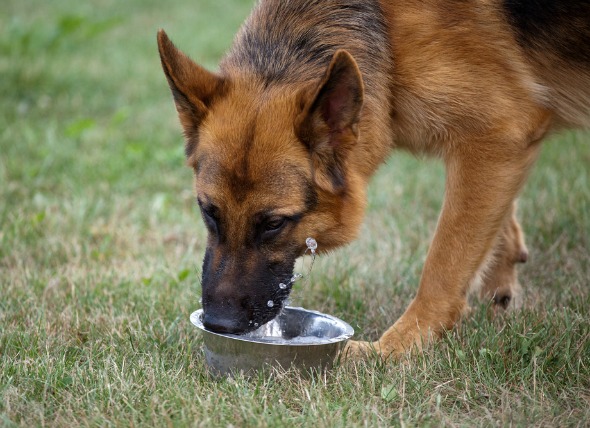 Water Diabetes in Dogs
Diabetes Insipidus in Dogs
Diabetes insipidus (DI
Water Diabetes in Dogs
Diabetes Insipidus in Dogs
Diabetes insipidus (DI
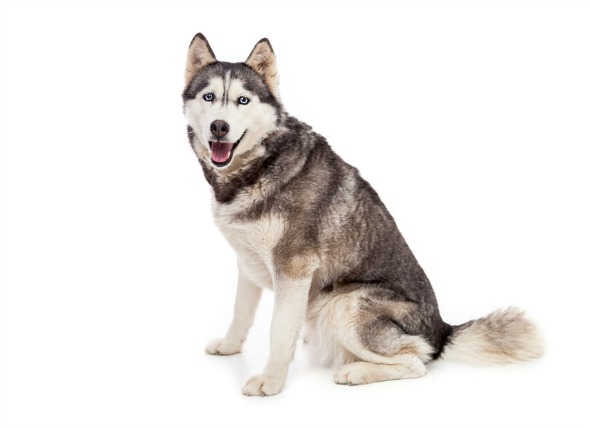 Shoulder Joint Ligament and Tendon Conditions in Dogs
Bicipital Tenosynovitis, Brachii Muscle Rupture, and Sup
Shoulder Joint Ligament and Tendon Conditions in Dogs
Bicipital Tenosynovitis, Brachii Muscle Rupture, and Sup
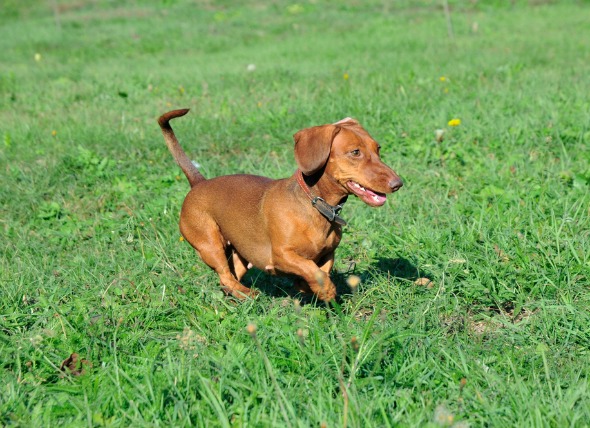 Vaginal Inflammation in Dogs
Vaginitis in Dogs
The term vaginitis refers to in
Vaginal Inflammation in Dogs
Vaginitis in Dogs
The term vaginitis refers to in
Copyright © 2005-2016 Pet Information All Rights Reserved
Contact us: www162date@outlook.com